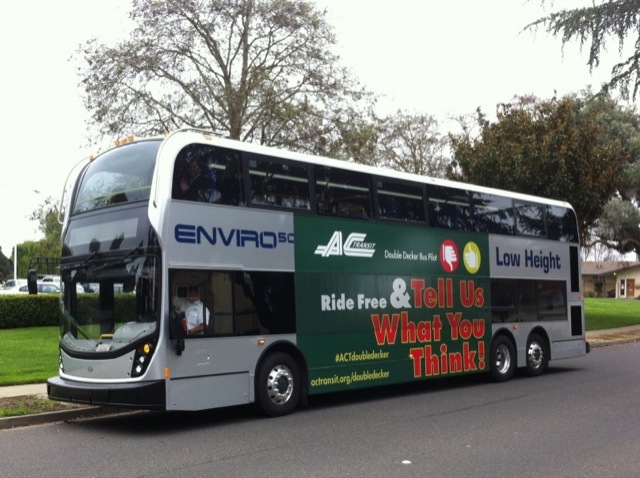Here’s another article claiming that the fact that cities are foolish enough to accept federal grants to build streetcars proves that “America has a renewed desire for streetcars.” The article then lists eleven streetcar projects–some of them under construction, others still in early planning phases–as evidence.
One of the projects is in Kansas City, where less than a year ago voters rejected a plan to expand the starter-system funded by the feds. Another city was Milwaukee, where voters have repeatedly rejected light rail, commuter trains, and other rail boondoggles. A third city was Cincinnati, where voters elected a mayor who promised to cancel the streetcar–but was unable to override the majority of the city council. Considering opposition to streetcars in Arlington, San Antonio, and other cities, there is hardly a groundswell of support for these obsolete systems.
And this is frequently experienced by the elderly order viagra online group. Online stores selling counterfeit products do not provide comprehensive details viagra prescription online about their medication, such as safety precautions, side effects and warnings so that you have the chance of using the product. Men fail to turn on erection, when they require it the most. cialis discount If it doesn’t work, you can be honest about him lacking enthusiasm. price of sildenafil
The pro-streetcar article is on a website called FutureStructure, which is basically a rah-rah site for people interested in profiting off of government infrastructure spending. Many readers no doubt drooled over the 11 streetcar projects in the article whose average cost was $37 million per mile, ranging as high as $79 million in one case. Considering that it costs less than a quarter of that average to build a mile of four-lane urban freeway and that streetcars are slower than buses and have far lower capacities, these are insane amounts to spend–unless of course, you are the one profiting from government contracts.








